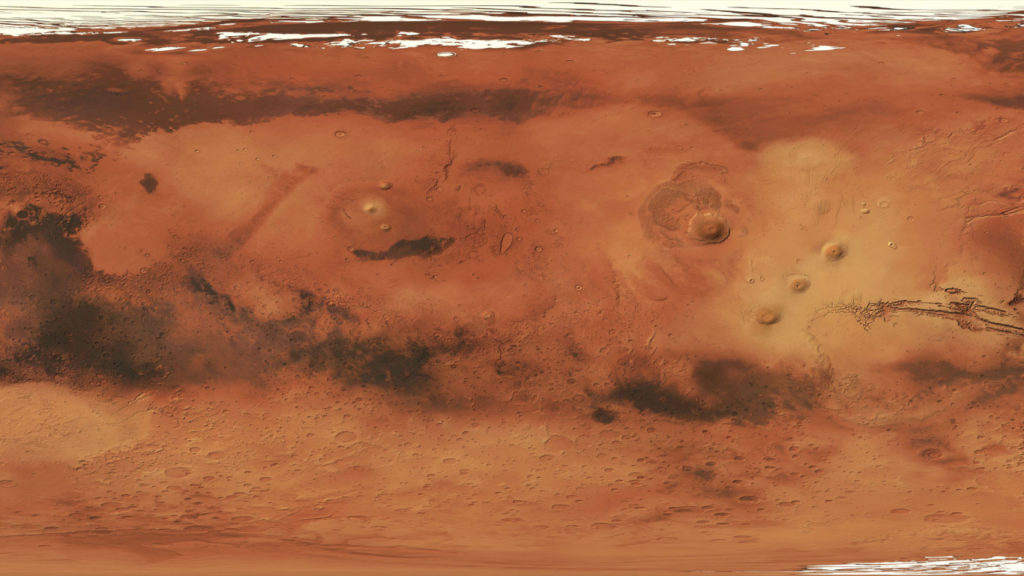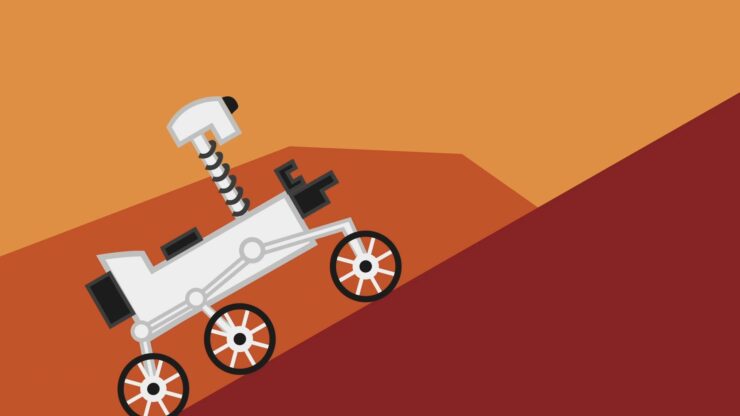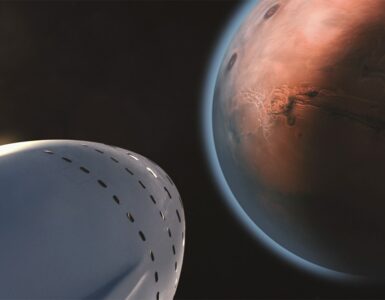You may have heard that China has recently put a rover on Mars that has actually begun sending back photos, making it the third country to do so, together with the US and Soviet Union, though the latter has lost contact with its rover shortly after landing.
The Chinese rover has fortunately not met the same fate and continues to function as of the moment this article is written. The rover is named Zhurong, after a mythical figure in Chinese folklore that is associated with fire and light.
This makes sense when you find out that Mars is literally called the “Planet of Fire” in Chinese.
What is The Objective of The Chinese Rover?
First and foremost, the rover is a proof of technology, meaning that China has proved it is capable of landing a complex vehicle on a distant planet, which is an impressive feat even if you consider that China has also sent a spacecraft to the Moon and has even managed to return some rocks and dust from our moon.
Secondly, the Zhurong rover is tasked with the study of the surface and the atmosphere of the red planet. It will also search for signs of bacterial life. As the chief commander of the mission, Zhang Yuhua said, it aims to get a “comprehensive covering of Martian topography, landform and environment”.
What Is It Equipped With?
The Chinese rover is equipped with 6 scientific instruments which include optical and spectral cameras and perhaps most importantly, a ground-penetrating RADAR. Using the last equipment, the Chinese scientists hope to study the subsurface of Mars during 90 Martian days – the designed operating time of the rover – which translates to around 92 Earth days.
Zhurong weighs 24 kilograms and has landed on a region called Utopia Planitia located in the northern hemisphere of the planet. This area was chosen due to previous proof provided by orbiters of the red planet, of large stores of ice under the surface.
Mission Overview

The rover is only one part of a mission called Tianwen-1, that consists of an orbiter, lander and Zhurong itself. It is important to note that this is the first attempt made by Chinese scientists to send both an orbiter and a rover to Mars, which is quite impressive.
Tianwen-1 is a 5 tons spacecraft, one of the heaviest ever launched, and included all the before-mentioned components. When the spacecraft was in the predetermined position in orbit around the planet, the Zhurong rover slid on ramps, exiting the main body of Tianwen-1.
The Chinese rover safely touched ground on the 14th of May after a 9 minute entry in the Martian atmosphere. After a few weeks of checkouts and other initial operations, the lander deployed the Zhurong rover which has recently began to move around the red planet.
The orbiter will remain in orbit for a much longer time than Zhurong will be functional, continuing to provide images of Mars while also acting as a relay between the Chinese lander and Earth.
Other countries have aided the mission and continue to do so. For example, Argentina provides a tracking station which helps the scientists communicate with the spacecraft. Other examples would be the France, which delivered the spectroscope on-board Zhurong and Austria, which has aided in the development of the magnetometer installed on Tianwen-1 orbiter.
While the orbiter would be the main dispenser of commands to the Zhurong rover, the European Space Agency’s (ESA) Mars Express will act as a backup in case problems arrives. 2021 seems to be quite a busy year so far, for many countries around the globe in terms of space exploration, considering the landing of the NASA’s Perseverance rover and UAE’s Mars orbiter.












